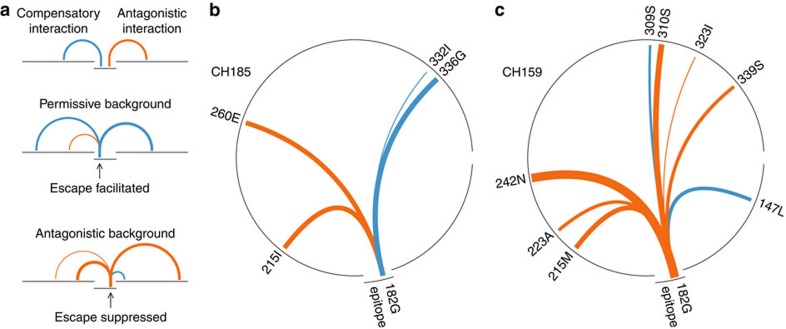Figure 1. Specific residues in the sequence background can strongly influence the time to escape.
(a) In general, escape may occur more rapidly on permissive sequence backgrounds having many compensatory interactions with potential escape mutations. Escape may also be delayed or can occur at other sites when strong antagonistic interactions increase the fitness cost of certain escape mutations. (b,c) Strong interactions between the Gag TL9 epitope escape mutation 182 G and the transmitted/founder sequence background in patients CH185 (b) (escape time=122 days) and CH159 (c) (escape time>1,103 days) differ significantly. All strong interactions (|J|>0.1, see equation (1)) between 182 G and the p24 protein sequence background, represented by the circles, are shown, with the width of the link proportional to the magnitude of the coupling. Compensatory or synergistic interactions (J>0) lower the fitness cost of mutation, thus promoting escape. Antagonistic interactions (J<0) increase the fitness cost of mutation, discouraging escape.

